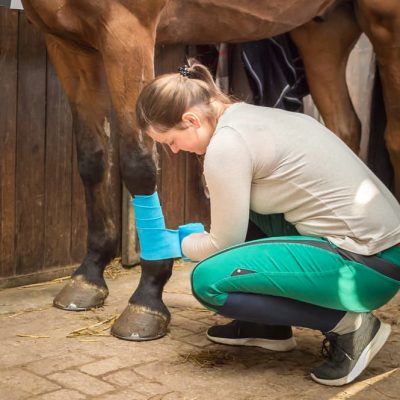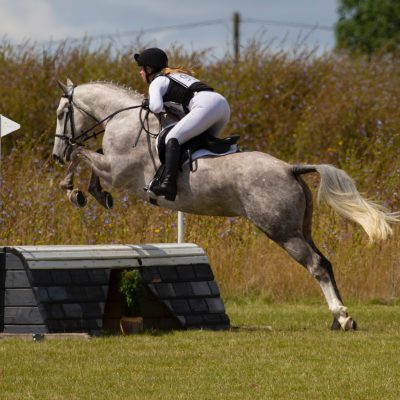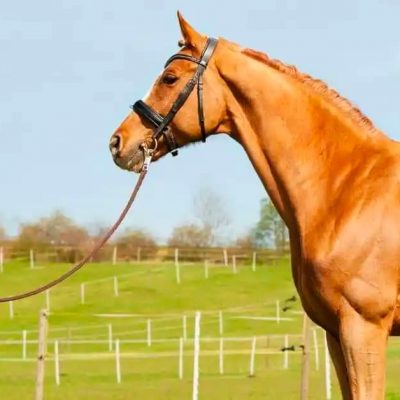Introduction
Mastering the subtle art of trimming is an essential skill for every horse fan. From tidying up unruly manes to sculpting sleek whiskers, proper trimming enhances your horse’s appearance and contributes to their overall well-being. In today’s post, I wanted to explore the ins and outs of horse trimming, and ways to help you pony look as beautiful as possible!
1. Types of Clippers
Before diving into the trimming process, it’s essential to choose the right tools for the job. There are various types of clippers available, ranging from electric clippers to manual trimmers. Electric clippers offer efficiency and precision, while manual trimmers provide greater control for detailed work.
2. When to Trim
Knowing when to trim your horse is crucial for maintaining their appearance and comfort. Regular trimming intervals depend on factors such as the season, the horse’s hair growth rate, and upcoming competitions. Aim for trimming every 4-6 weeks to keep your horse looking neat and tidy.
3. Why Trim
Trimming serves several purposes beyond aesthetic appeal. It helps prevent matting and tangling of the mane and tail, reduces the risk of skin infections caused by trapped dirt and moisture, and enhances airflow, keeping your horse cool and comfortable, especially during hot weather.
4. Important Factors
a. Direction of Trimming: When trimming your horse’s mane and tail, always follow the natural direction of hair growth. Trimming against the grain can lead to uneven results and discomfort for your horse.
b. Where Not to Touch: Exercise caution when trimming sensitive areas such as the ears, eyes, and genital region. Use scissors or manual trimmers for precision and avoid using electric clippers in these delicate areas.
5. Step-by-Step Trimming Guide
a. Mane Trimming: Start by combing through the mane to remove any knots or tangles. Using sharp scissors or electric clippers, trim the mane to your desired length, ensuring an even and tidy appearance.
b. Tail Trimming: Gently comb through the tail to detangle any knots. Trim the tail hairs to your preferred length, keeping it neat and uniform. Avoid trimming too close to the tail bone to prevent discomfort or injury.
c. Face Trimming: Use caution when trimming whiskers and facial hair. Trim excess hair around the muzzle and jawline to enhance your horse’s facial profile, but leave whiskers intact as they serve as sensory organs.
Trimming your pony is a rewarding aspect of grooming that strengthens the bond between rider and equine companion. By selecting the right tools, understanding when and why to trim, and following essential trimming techniques, you can achieve professional-looking results while ensuring your horse’s comfort and well-being. So, grab your clippers, channel your inner stylist, and embark on a grooming adventure that leaves your horse looking and feeling their best!








No Comment! Be the first one.